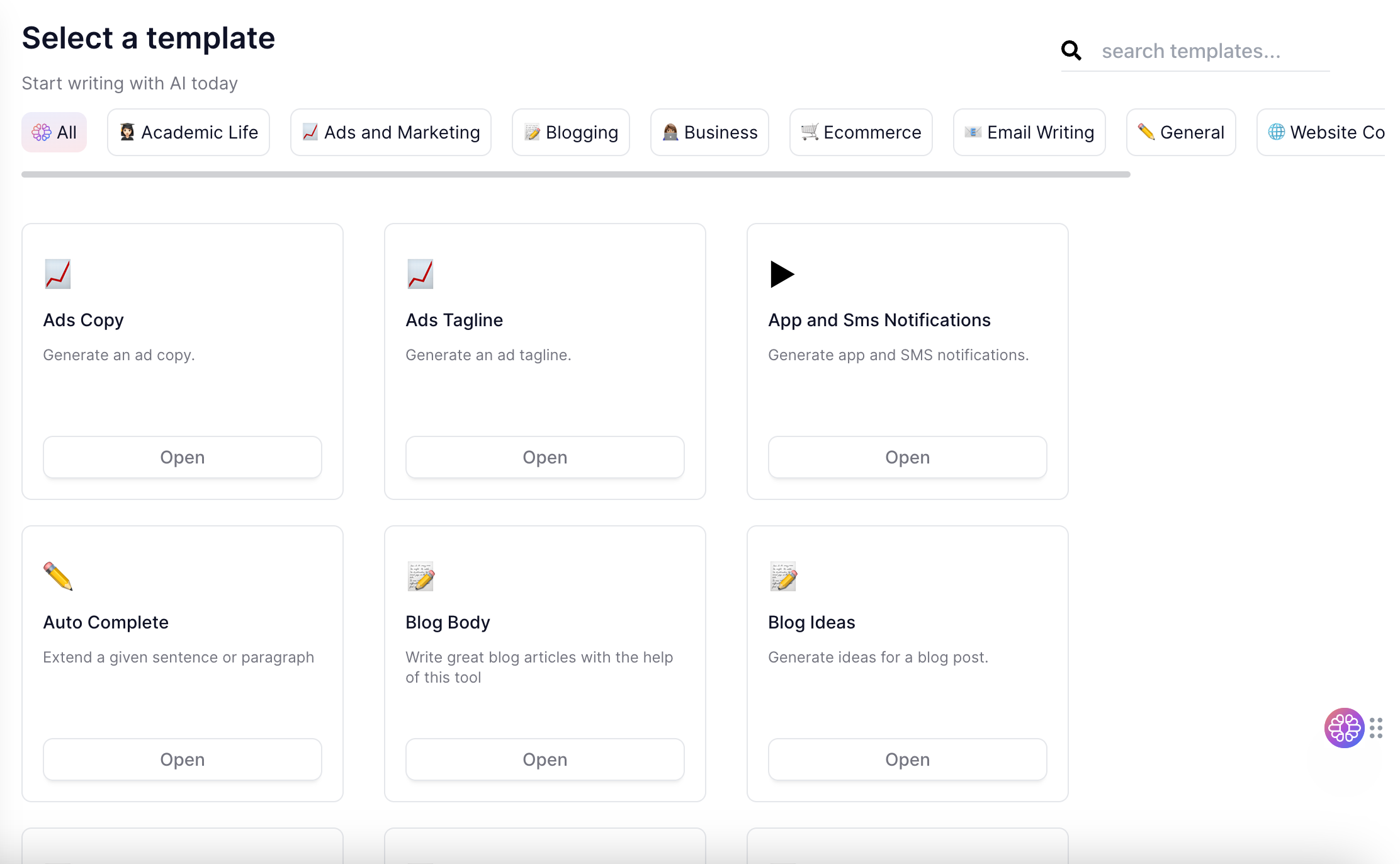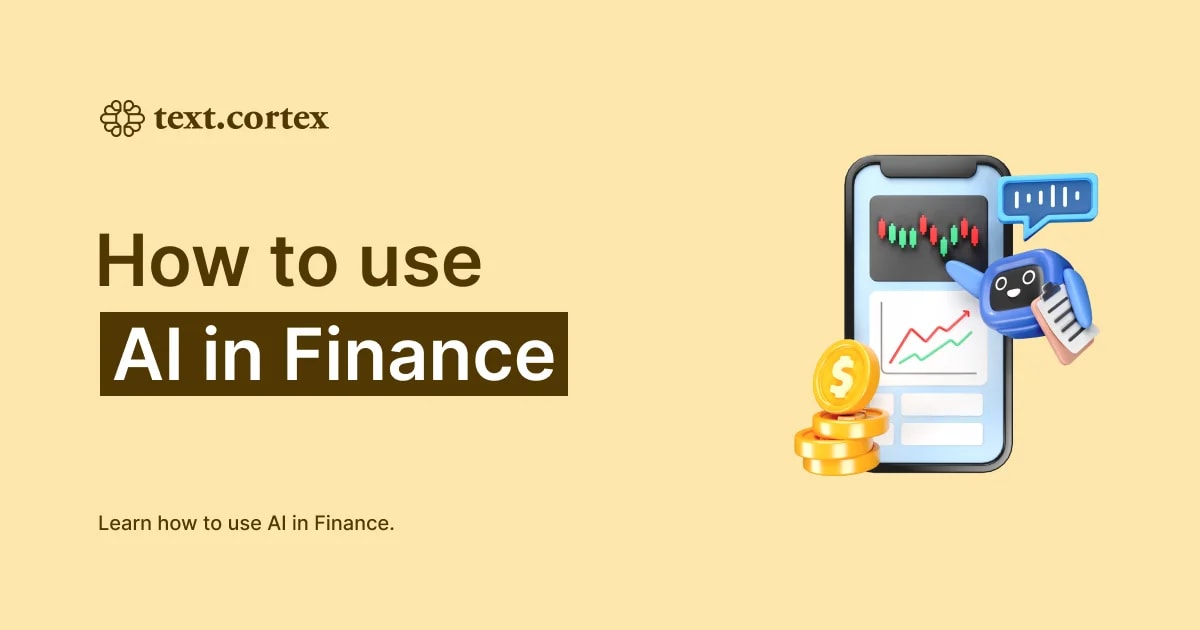Large language models (LLMs) are a type of artificial intelligence model designed for natural language processing (NLP) tasks.
They are trained on vast amounts of text data to understand and generate human-like responses or outputs.
This article will give you some insightful information about LLMs, what they are, why they are so popular and how they can be employed by enterprises.
TL;DR
- Large language models (LLMs) are a type of artificial intelligence model designed for natural language processing.
- These models use complex algorithms and neural networks to generate relevant and coherent responses.
- The most popular large language models include OpenAI's GPT such as GPT-2, GPT-3, and GPT-4, BERT and T5.
- Enterprises could make an API call to a model presented as a service: different companies provide public APIs users can easily connect to a software.
- Alternatively, these models can be operated on servers that are owned internally by a business.
- TextCortex is the all in one AI companion enterprises can implement. It comes with a customizable conversational AI assistant called ZenoChat that can generate high-quality outputs in 25+ languages on 4.000+ platforms.
What are Large Language Models?
Large language models are powerful deep learning algorithms that are capable of understanding and generating natural language.

How do they work?
These models use complex algorithms and neural networks to understand the context, semantics, and syntax of the text input and generate relevant and coherent responses.
The primary mechanism behind large language models is deep learning, particularly the use of transformers, which have shown remarkable success in NLP tasks.
Popular LLMs
The most popular large language models include OpenAI's GPT (Generative Pre-trained Transformer) series, such as GPT-2, GPT-3, and GPT-4, as well as Google's BERT (Bidirectional Encoder Representations from Transformers) and T5 (Text-to-Text Transfer Transformer).
They have all become increasingly sophisticated and powerful, with newer iterations like GPT-3 and GPT-4 boasting higher accuracy, fluency and context understanding.
Capabilities
These models are capable of various tasks such as answering questions, summarizing text, translation, sentiment analysis and even creating original content like stories, poems or articles.
The Role of LLMs in the Enterprise
Now that you have gained a better understanding of what LLMs are, let’s take a look at the role they play within enterprises.

Leveraging APIs
There are different ways you can rely on a LLM in the enterprise beyond the simple web interface.
You could make an API call to a model presented as a service: different companies provide public APIs users can easily connect to a software. The process brings several benefits including increased sophistication and speed.
Running an open-source model
You could also download and use an open-source model in an environment you personally manage.
This might be the perfect solution for certain companies or use cases. These models can be operated on servers that are owned internally by a business or in a cloud computing system managed by the enterprise.
Trade-Offs
Of course, enterprises should take into account the trade-offs that come with LLMs and enforce precautionary measures to reduce some of the potential hazards associated with using them.
Complexity: Setting up and maintaining a LLM is very complex. Organizations should always investigate whether they possess the expertise and capacity of data science and engineering employees to set up and oversee a LLM.
Confidentiality: When using LLMs, it's important to keep in mind that they can process and generate text based on input that can contain sensitive or confidential information. This means that confidential data must be kept secure and not be exposed during interactions with LLMs, both for individual users and when they are integrated into other processes.
Data Privacy: Although LLMs don't explicitly store or share the data they use for training or future interactions, there is still a risk of unintended information leakage or privacy violations, particularly when dealing with personal or sensitive information. If a service such as ChatGPT is regularly retrained on user interactions, other users may be able to figure out that sensitive data was sent to the service at some point, or even get the service to generate it.
Regulatory Compliance: It is essential to adhere to data protection regulations like the GDPR and other EU legislation when using LLMs in business applications, as not doing so can lead to hefty fines, legal repercussions, and damage to one's reputation.
It is essential to make sure that the utilization of LLMs by your organization is in line with ethical standards and does not result in the production of damaging material. Ensuring this is a must for any company.
TextCortex, The Best Alternative for Enterprises
TextCortex serves as a comprehensive AI ally, effortlessly transforming into a potent tool for enterprises to enhance their processes and deliver superior customer experiences.
You can use the TextCortex browser extension in 25+ languages both for the output text and the user interface. Moreover, the extension includes extra useful features such as voice activation and a large number of integrations.
60+ Writing Templates
We have compiled an extensive assortment of over 60 writing templates organized into convenient categories, simplifying the process of locating the ones best suited to your needs.
Imagine gaining the ability to swiftly create cold emails, craft social media posts, outline articles or enhance the structure of pre-existing documents in mere moments!
Getting started is quite easy: head over to our App or open the TextCortex sidebar (Ctrl / ⌘ + Shift + O) to start experimenting with our templates!

ZenoChat - Customizable Virtual Assistant with Web Browsing
ZenoChat is the AI assistant of your dreams: compatible with over 4.000 platforms, fluent in 25+ languages and constantly prepared to assist you as the premier European counterpart to ChatGPT.
Zeno now possesses the ability to gather information on current events using its cutting-edge web search feature: simply incorporate your desired data sources and allow your AI companion to promptly fetch the most up-to-date information in no time!
What makes ZenoChat special?
What distinguishes Zeno from the rest of the chatbots is its complete customizability: it will allow you to essentially design your very own AI counterpart for more sophisticated and nuanced communication!
Easily access ZenoChat from the TextCortex App: head over to the left side of your screen and start a conversation with Zeno right away.
Alternatively, after TextCortex is installed in your web browser, click on the purple bubble at the bottom right of your screen or use the "CTRL/OPT + Shift + O" shortcut to get started with Zeno!

%20(15).png)


%20(4).png)

%20(12).png)